The albatross is one of the most majestic birds on Earth. It is known for its long wings and ability to fly over oceans for days without flapping.
Scientific Classification
- Kingdom: Animalia
- Phylum: Chordata
- Class: Aves
- Order: Procellariiformes
- Family: Diomedeidae
There are about 22 species of albatrosses around the world, all of them known for their long-distance flying.
Common Names
- Albatross is the most common name.
- In sailors’ stories, it’s often called the “soul of the sea.”
- Some people call it “the gliding giant” or “the sea wanderer.”
- Popular types include:
- Wandering Albatross
- Black-browed Albatross
- Laysan Albatross
- Royal Albatross
Geographic Distribution
- Albatrosses live mostly in the Southern Hemisphere, around Antarctica, Australia, South America, and Southern Africa.
- Some species are found in the North Pacific Ocean, near Hawaii, Japan, and Alaska
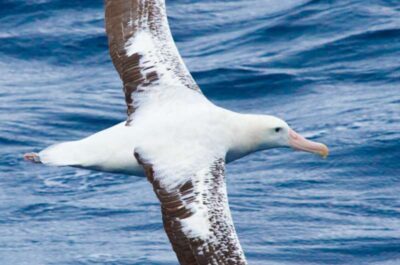
image showing albatross flying over the open ocean (Source: Phys.org)
Major Types of Albatross
1. Wandering Albatross
This is the largest of all albatrosses and has the longest wingspan of any bird in the world.
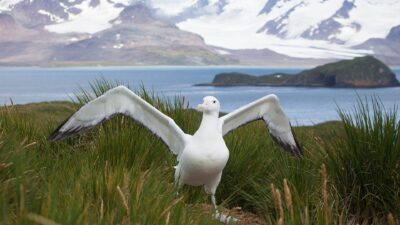
Image showing wandering albatross with wings spread wide (Source: BBC)
Key Facts:
- Wingspan: Up to 3.5 meters (11.5 feet)
- Color: White body with black-tipped wings
- Lifespan:Up to 50 years
- Habitat: Southern Ocean
2 . Laysan Albatross
Smaller than the Wandering Albatross, this species nests mainly in Hawaii and feeds in the North Pacific.
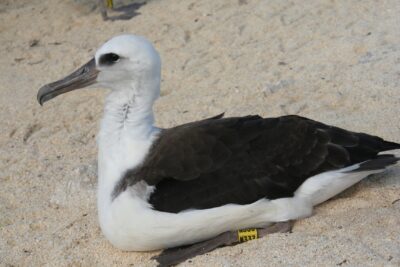
Image showing laysan albatross resting on a sandy beach (Source: 10000 Birds)
Key Facts:
- Wingspan: About 2 meters (6.5 feet)
- Color:White head and body, black wings
- Nesting: On islands with soft sand or grass
- Behavior: Very social and forms strong pair bonds
Physical Characteristics
- Albatrosses are large seabirds with strong, narrow wings built for gliding.
- They have hooked beaks for catching fish and squid, and their nostrils are tube-shaped, helping them sense smells from far away.
- Their feathers are usually white, grey, or brown, and their eyes are sharp for spotting prey from the air.
Albatross vs other sea birds
Albatrosses are often confused with gulls or pelicans, but they are different:
- Wingspan: Albatrosses have much longer wings
- Flying style: They glide for hours without flapping
- Habitat: Albatrosses stay mostly over open oceans, far from land
- Beak: More hooked, with nostril tubes on top
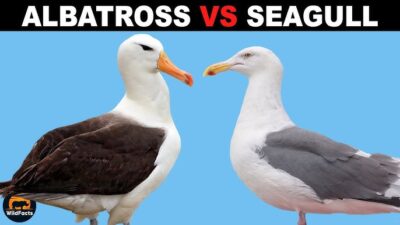
Image showing albatross next to a seagull for comparison(Source: Wild fact)
Fun Facts
- Albatrosses can fly thousands of kilometers without landing.
- A single flight can last weeks or even months over the ocean.
- They mate for life, forming long, loving partnerships.
- Albatrosses use wind currents to glide with almost no energy.
- Their wings are so long, they need a running start to take off
Importance to Humans
Albatrosses have long been part of sailor legends. In old times, sailors believed they carried the souls of drowned sailors and brought luck or misfortune depending on how they were treated.
They also help us:
- Track ocean health through migration patterns
- Control marine life like squid and small fish
- Support eco-tourism in islands where they breed
Sadly, human activity has also harmed them.
Health & common issues
Albatrosses face many threats, especially from humans and ocean pollution:
- Plastic pollution: Mistaken for food and eaten
- Fishing lines: Can hook and drown them
- Habitat loss: On small nesting islands
- Diseases: From contact with land animals like rats or cats
Key Health Risks:
- Injuries from fishing gear
- Internal damage from plastic
- Nesting area destruction
- Weak chicks due to starvation or pollution
- Conservation groups help treat and protect injured or sick albatrosses.
Conservation Status
Many albatross species are now threatened and endangered due to overfishing, pollution, and climate change.
- Critically Endangered: Tristan Albatross, Waved Albatross
- Endangered: Amsterdam Albatross, Northern Royal Albatross
- Protected Areas: Many countries have made nesting sites into safe zones
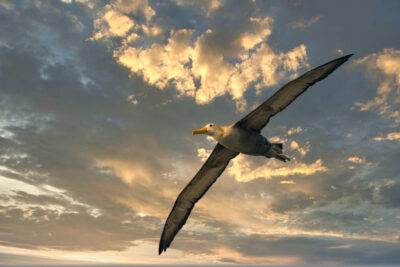
Image showing albatross soaring above the waves at sunset (Source: iStock)
Want to report an injured sea bird or learn more about exotic wildlife?
📞 Call Doctor Hulk Veterinary Hospital Today @ 08143397614. We’re here to help you care for land and sea creatures alike.








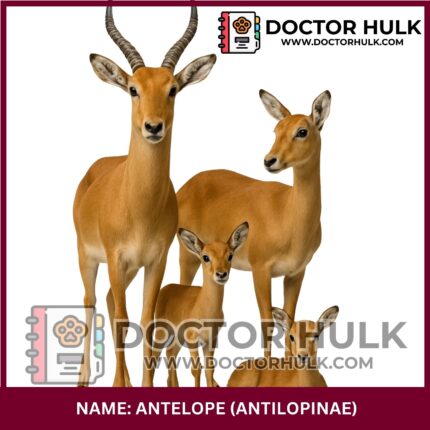
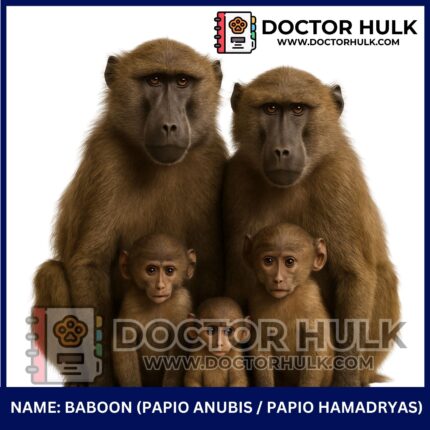


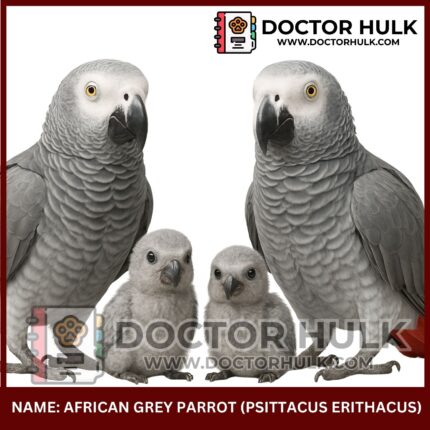
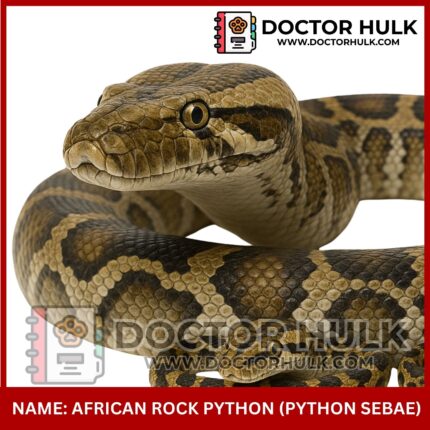
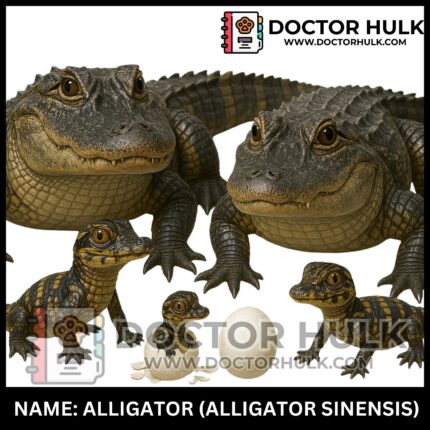

Reviews
There are no reviews yet.